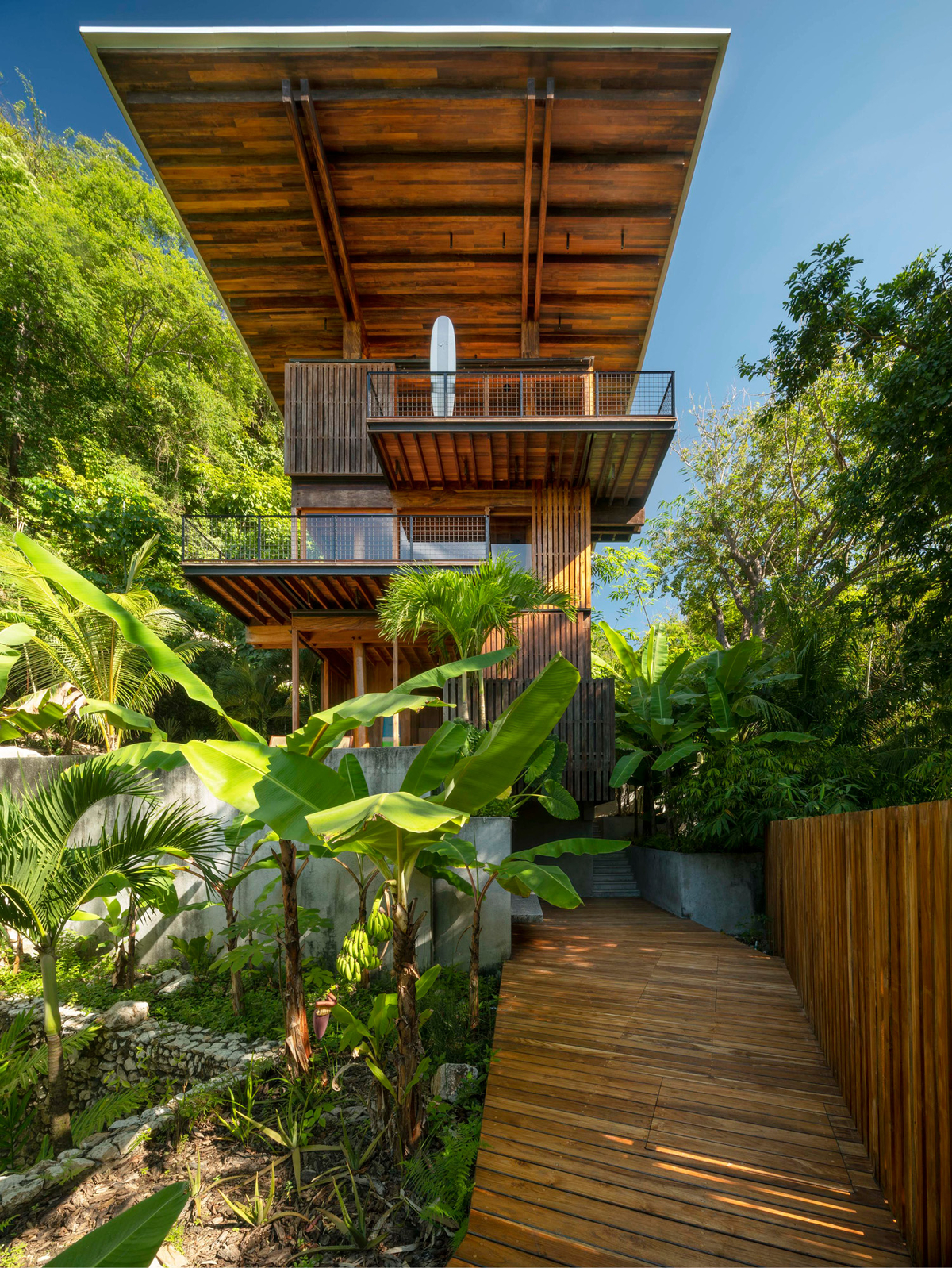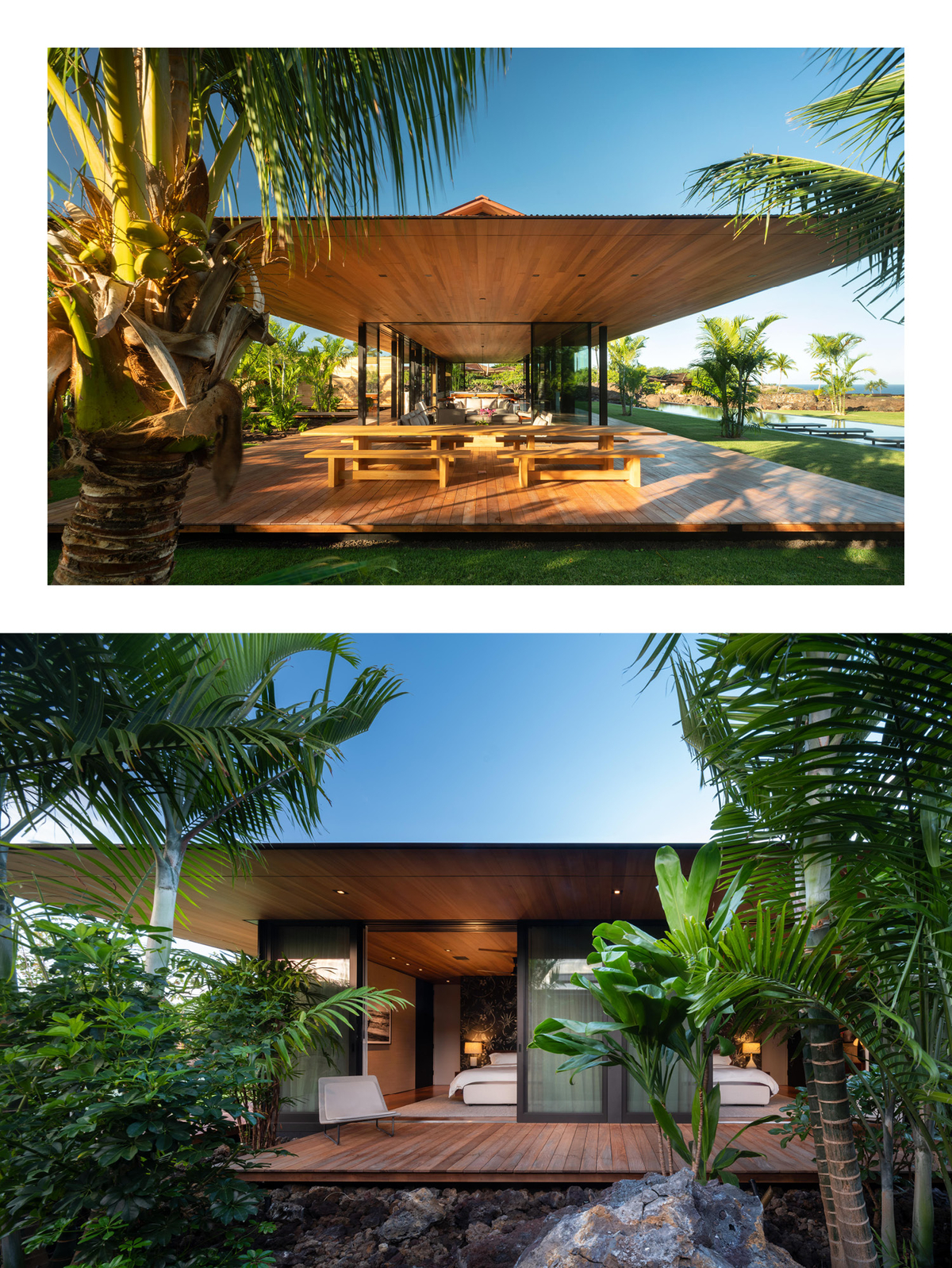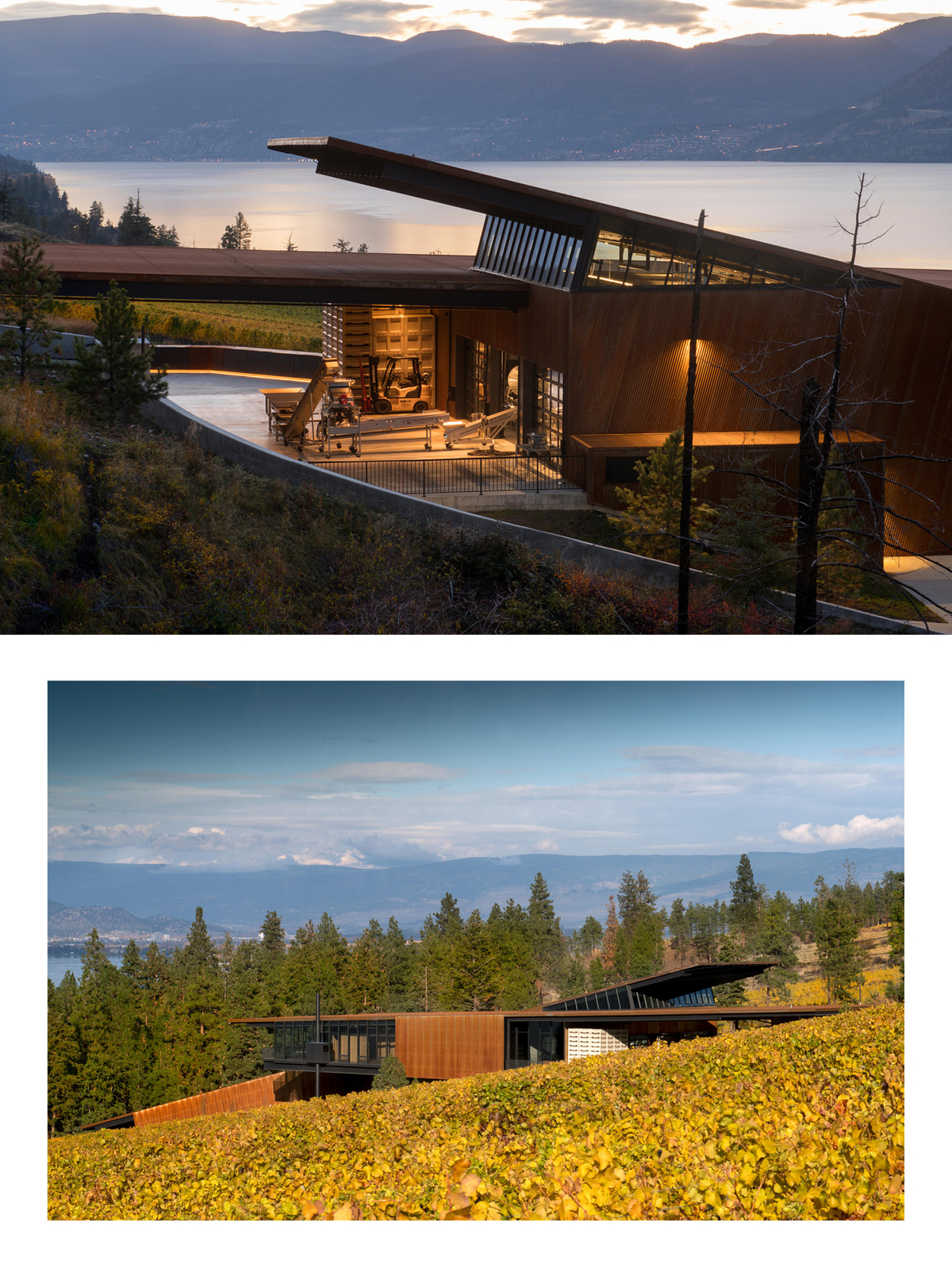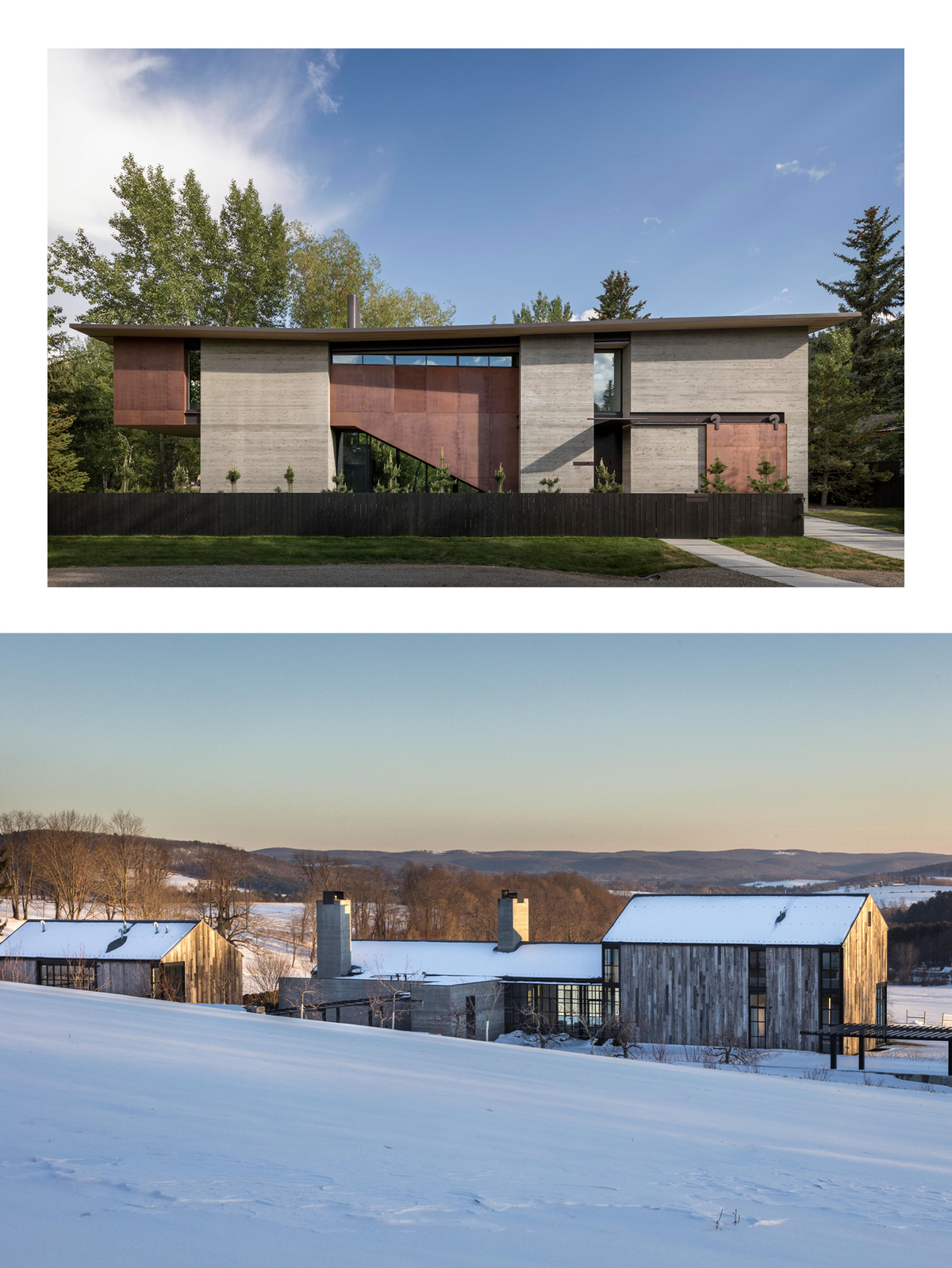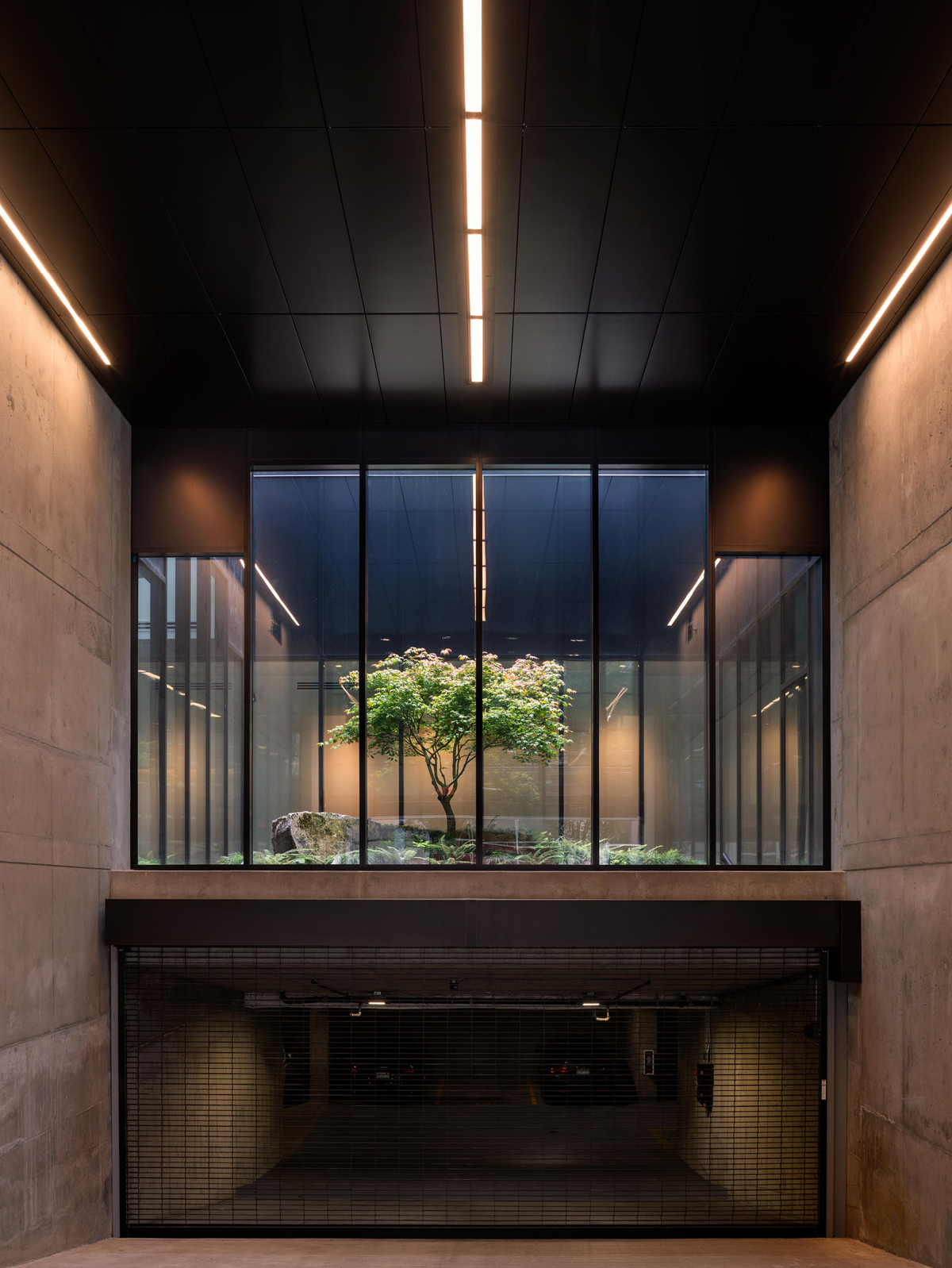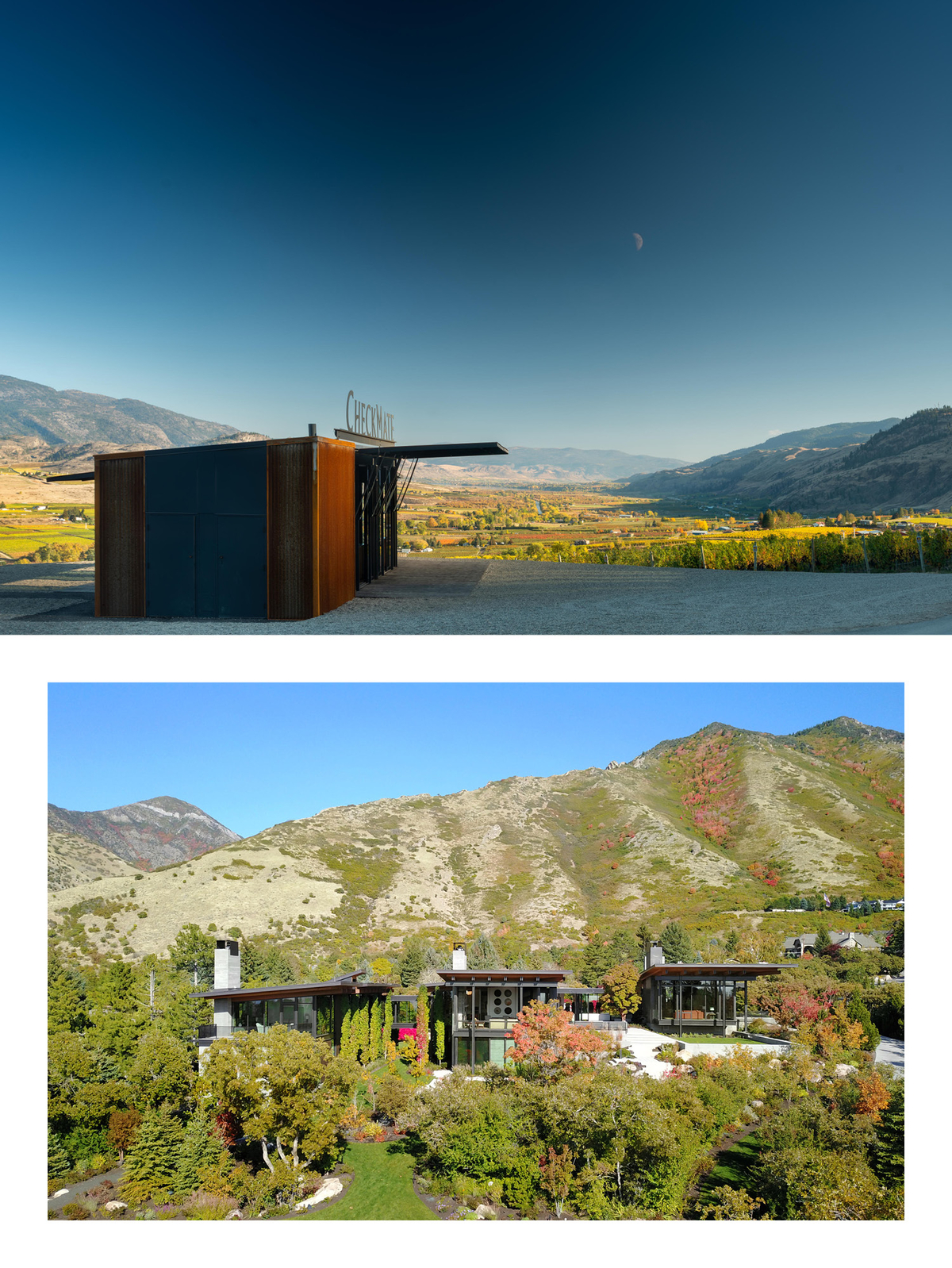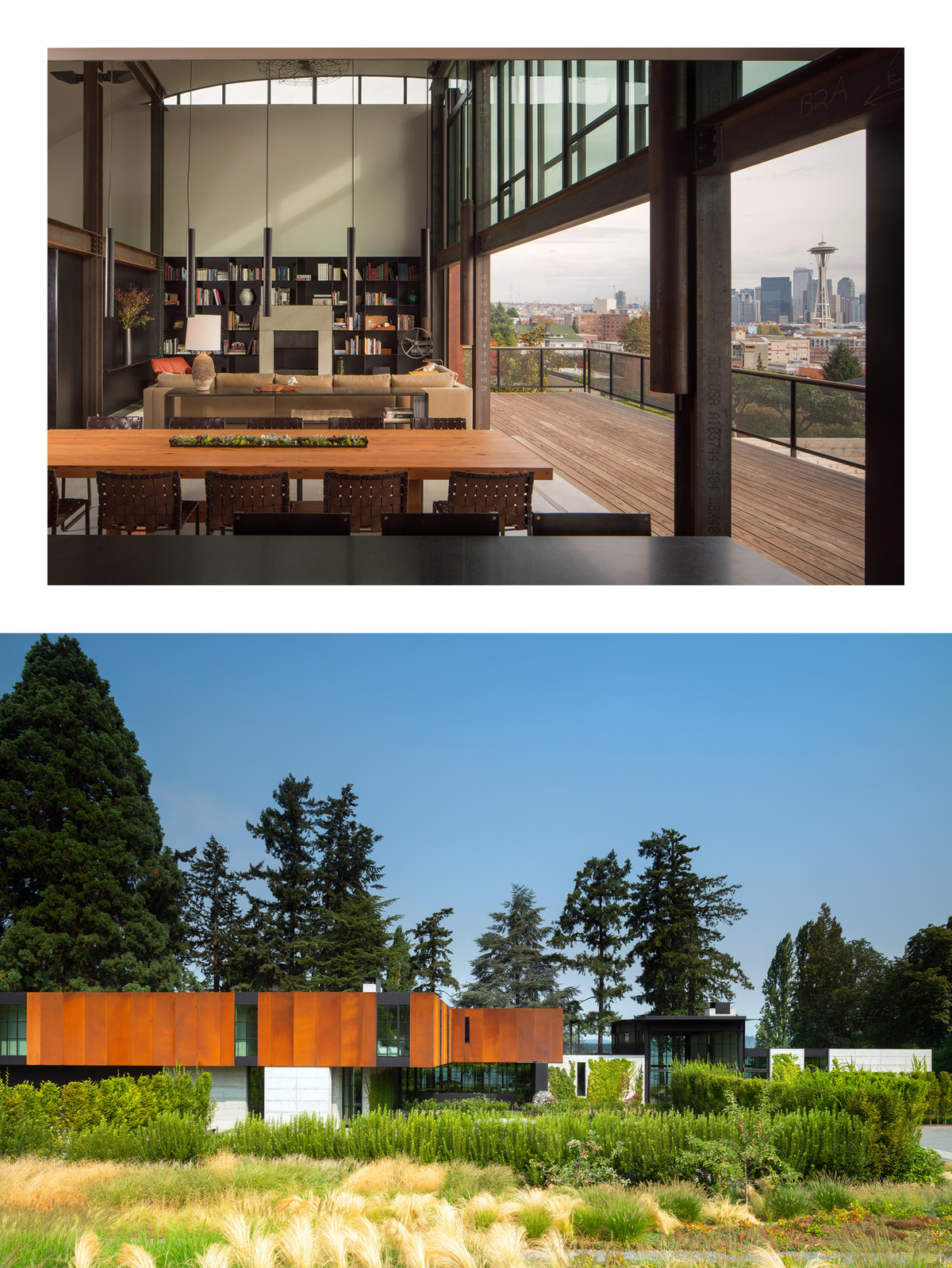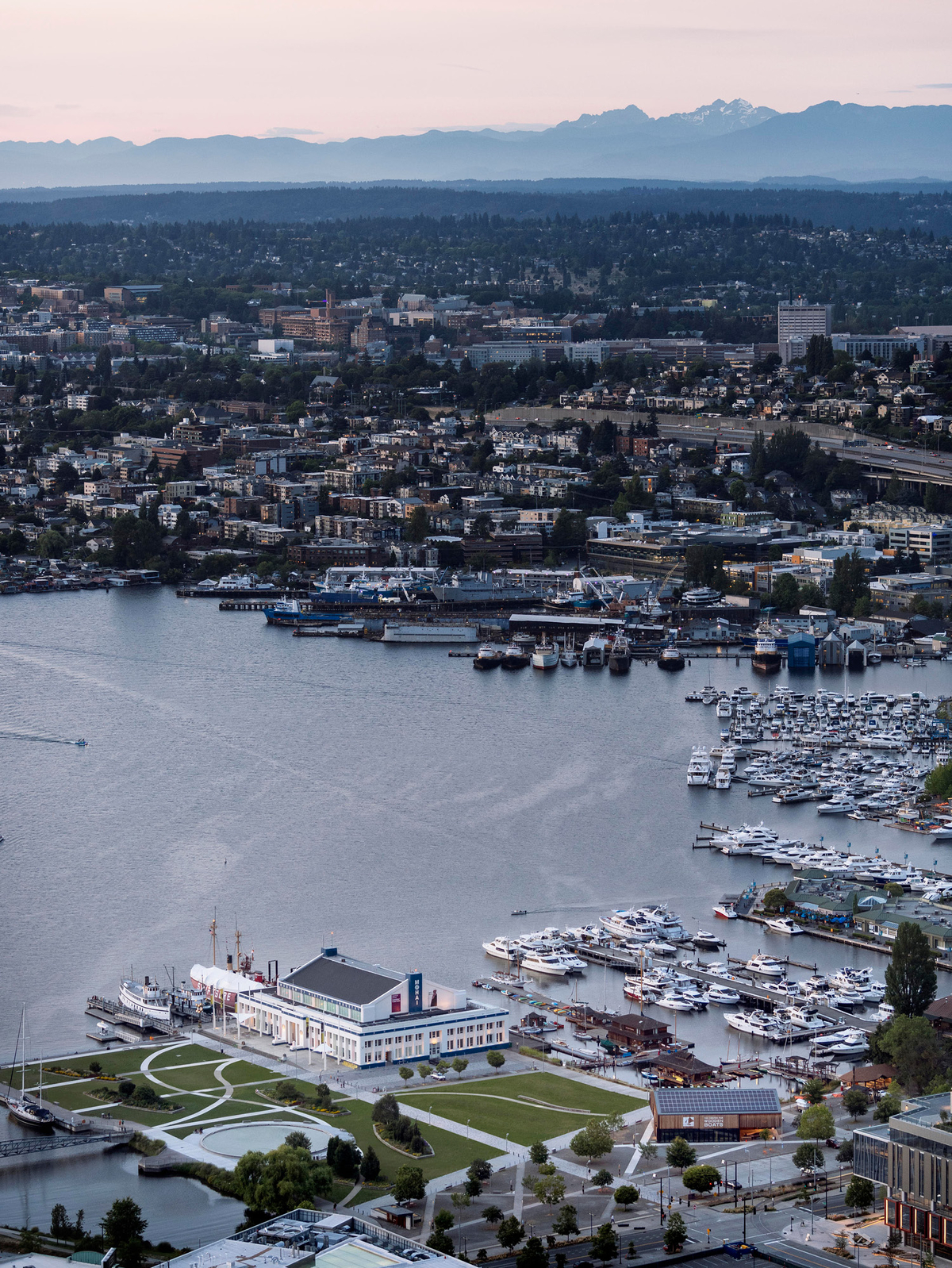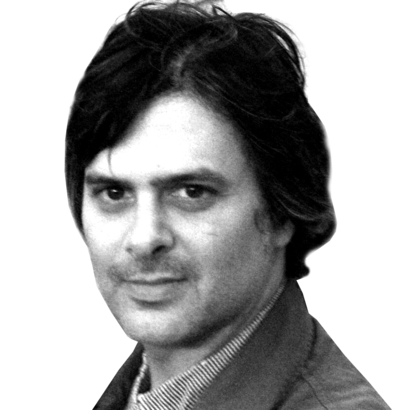One August night several years ago, Tom Kundig and I were motoring along Interstate 80, eastbound across the flat basin of Utah. I-80 is one of the continent’s great straightaways, connecting New York City and San Francisco. It’s about 2,900 miles of continuous multi-lane blacktop, and it’s said to be among the handful of human-made structures visible from orbiting craft. At some point between the Bonneville Salt Flats and Salt Lake City, an otherworldly amber glow off in the distance caught Kundig’s eye. It revealed the ghostly, vaguely menacing outlines of buildings and machinery: perhaps a mining operation or a waste-disposal facility, outfitted with the requisite industrial gas flare that looked like an orphaned Olympic torch. “Wow, look at that,” Kundig said, captivated by the Mad Max–ian sight unfolding in the desert darkness.
As a landscape-attuned architect, Kundig is no great fan of such industries per se. They have a habit of chewing up and spitting out some of the very ecologies that have inspired his finest work. But Kundig does have a soft spot for the built vernacular, particularly that of the American West, and he can discourse on the subject with a mixture of scholarly precision and schoolboy wonder. “Growing up in Spokane in the 1950s and 60s,” he once told me, “it was all mining, lumber, agriculture. I just liked those devices, and a lot of them are now gone. It’s a different place.” Here, then, off I-80, was a fearsome survivor of the industrial Pleistocene that Kundig was talking about, a living fossil no doubt devouring fossil fuel while delivering some form of it. It provoked a moment of fascination and reflection for the architect. “Sawmills, mines, extraction industries,” Kundig said. “Those things are very much a part of me, and so rooted in this landscape.”
“Anecdote of the Jar”
When considering Kundig’s buildings, 29 examples of which are included in his new book, Tom Kundig: Working Title, one is struck by how palpably they express, and how cannily they frame, the relationship between design and environment. Each project reminds us how complex—beautiful, thorny, open to constant re-invention and re-investigation—that relationship is. In “Anecdote of the Jar,” the American poet Wallace Stevens’s narrator recounts the act of placing an empty jar upon a hill in Tennessee. The seemingly insignificant gesture vibrates with ontological consequence, cosmic import. Of the jar, Stevens writes, “The wilderness rose up to it, / And sprawled around, no longer wild.” The lesson is that human intervention, no matter how slight, alters everything.
Like Stevens’s jar, and even like those glowing industrial operations off I-80, Kundig’s own structures are luminous presences within the landscape, whether they be Lilliputian fishing or writing huts, substantial houses in the wilderness or big city, or commercial projects that afford surprising intimacy at an institutional scale. Obviously, Kundig’s work, which has brought him a raft of laurels (along with opportunities to design in settings far-flung from his Seattle base, at the firm Olson Kundig), is as removed from these infernal industries as you can imagine. His buildings get their glow not from gas flares or (God forbid) uranium caches but from their ingenuity, precision, and frank materiality, turned out, as they often are, in concrete with the mellow glow of moon dust and untreated steel as richly patinated as any Richard Serra sculpture. Brute strength and tactile refinement are held in precise equilibrium.
“Tough, light, and solid” is how he once described a project to me. That triad of no-nonsense adjectives is perhaps the best characterization there is of Kundig architecture, which manages to combine the airy tautness of the Case Study Houses with the elemental, expressive heft you might associate with Louis Kahn. Kundig’s roots—thanks in part to his father, the Swiss-born architect Moritz Kundig—run deep in the European modernist tradition. Yet his outlook is all-American, in the best sense: generous, forward-looking, inspired by the land, always in motion.
The nocturnal drive across I-80 followed a long and very hot day, taking in the annual eardrum-challenging ritual known as Speed Week, in which homegrown vehicles blast across the Bonneville Salt Flats at speeds (and noise levels) that could rival those of a DC-10. Kundig has been a spectator for years, drawn to Bonneville’s intersection of true American subculture and alien topography. The hot-rod culture of the 1960s (the airbrushed, souped-up creations of Ed “Big Daddy” Roth and his ilk) is another strand of Kundig’s complex architectural DNA. “It’s about re-inventing commodities for your own purpose, in your own voice,” he explained. (Kundig’s residence in Seattle, where he lives with his wife, Jeannie, is known as Hot Rod House.)
Kundig has a soft spot for the built vernacular, particularly that of the American West.
The commodities Kundig re-invents in his buildings—steel, plywood, glass, concrete—are handled with sculptural finesse. Starting at age 12, Kundig apprenticed with the sculptor Harold Balazs, a man he calls his mentor. (Balazs’s motto, which could serve as the architect’s own, was “Transcend the bullshit.”) Yet Kundig, who loved drawing cars as a kid and keeps a Ducati in the garage, has always had a thing for motion and the kind of gee-whiz feats of engineering you find at Speed Week. His famous “gizmos” move multi-ton steel doors, shutters, and walls with the turn of a handwheel. They bring a level of hands-on participation, along with hot-rod-esque invention, that is rare in architecture.
Executing them with “gizmologist” Phil Turner, Kundig is rigorous about their application and ever vigilant lest a client request one for gratuitous reasons. At a 2008 event at the White House, where Kundig was honored for his National Design Award in architecture, I suggested that he gin up a gizmo to open the entire 170-foot north façade of America’s best-known residence. The idea of a blast of fresh air in the executive mansion had its obvious civic appeal—not at all gratuitous, really. Kundig laughed it off, but if anyone could tackle such a challenge, it’s him. The delight created by these ingenious touches has been widely, and rightly, noted. But they are also serious investigative tools. Not only do Kundig’s gizmos open houses to the great outdoors, they open explorations into craft and finish, physics and hydraulics, humans and their dwellings—all while giving tactile pleasure, performing crucial functions and looking cool. They also underscore the fact that Kundig’s architecture embodies Le Corbusier’s familiar definition of a house as “a machine for living in.”
Kundig likes to build on eco-tones, topographical boundary lines where two types of landscape or flora collide: forest and grassland, say, or land and water. It requires a daredevil spirit to build in these zones, along with deep insight into the natural world. The fascination with ugliness and beauty is one of the many eco-tones that run through Kundig’s work—along with the lines between art and craft, refinement and elementalism, toughness and softness, inside and outside, futurism and timelessness, solidity and motion, transcendent form and earthy materiality, and, always, architecture and landscape.
This year is the 19th since Kundig became an owner of his firm, which employs 190 persons in a thrumming three-story headquarters in Seattle’s Pioneer Square. As he bounds up and down the office’s open staircase or gets ready to dash out to Sea-Tac for a flight taking him to a new project in Sun Valley, Idaho, or Seoul, he radiates relentless movement and groundedness in equal measure. This is Tom Kundig’s personal eco-tone. It’s how he was in that moment on the interstate, cruising across Utah in the darkness, ears ringing from Speed Week: rooted by a sense of place, mindful of the now, zooming toward whatever’s next.

